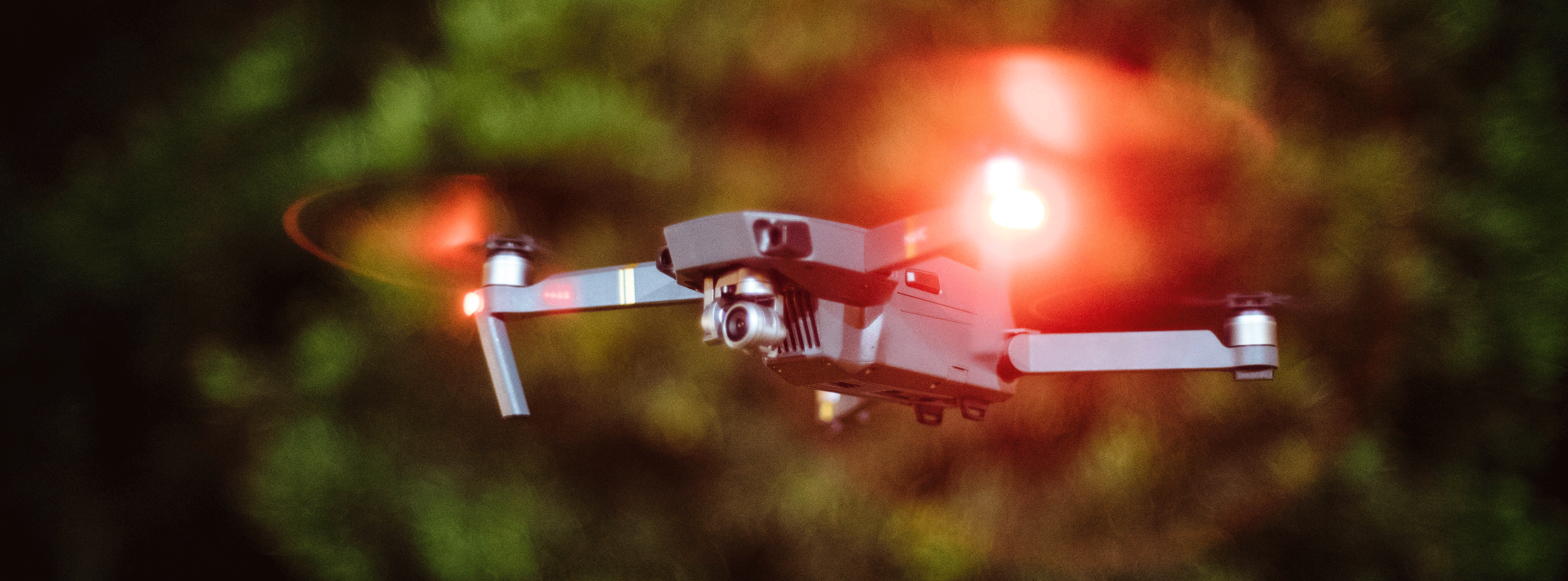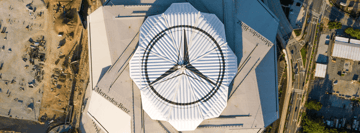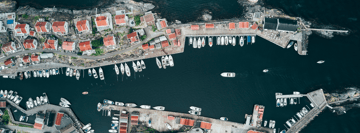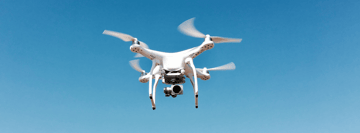When many laypeople hear the term 'drone', they immediately consider the few places they’ve encountered the word: on the news regarding military operations, from the mouths of so-called pundits speaking of the seemingly inherent invasion of privacy, and most recently in the media with the alleged drone sighting at Gatwick airport.
These are some of the implications of drone use in the modern era that more often lean heavily towards the negative. What is scarcely discussed, though, is how benevolent drones can be.
One example of this is the way military and emergency personnel are using drones both during and in the aftermath of natural disasters to mitigate damage, save lives, and help get folks back on their feet.
Accessing Dangerous Places with Drones
In the wake of natural disasters, relief personnel need to work in dangerous or sometimes inaccessible places. These brave men and women may be forced to enter buildings on the verge of collapse or that have even been exposed to chemical or gas leakage.
Using drones for the search and rescue relief effort saves more lives and limits the risk to first responders and others working in these high risk areas.
One example of this took place in Wichita, Kansas after a near F-5 tornado in 2016. Drones equipped with methane detection devices were used to conduct building inspections. Workers were able to ID a broken gas line and quickly stop the leakage before an explosion took place saving surrounding buildings and likely many lives.
Delivery of Emergency Supplies with Drones
After natural disasters or in areas of conflict, infrastructure supply lines can be difficult to establish or maintain. Roads are typically closed or broken, and power/telephone lines inactive, rendering sites nearly inaccessible.
Drones can be used by rescue teams to deliver necessary supplies and establish a means of communication with people in the area without putting a manned aircraft at risk. Airborne warning and control systems (AWACS) can establish temporary wi-fi and cell service to an area without any hard lines or towers.
Extinguishing Wildfires with Drones
Manned aircrafts for the purposes of fighting wildfires or other volatile engulfed areas are forced to fly very low. The lack of visibility and rising temperatures at these altitudes are a serious danger to everyone in the air and on the ground.
Conventional drones are able to fly into those low altitudes and drop fire retardants at less risk and with more maneuverability than large manned aircrafts. When these are outfitted with communications systems, firefighters on the ground are able to connect with those orchestrating and overseeing the needs of the firemen from a command center, helping guide them through the dangers safely and efficiently.
Of course, these are just a few examples of the many ways drones are being used for good. Subscribe to our blog newsletter to learn more about drones for good.





